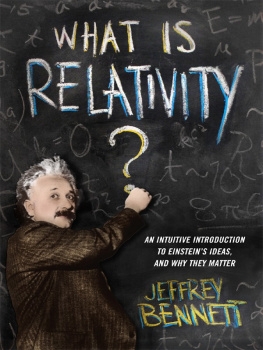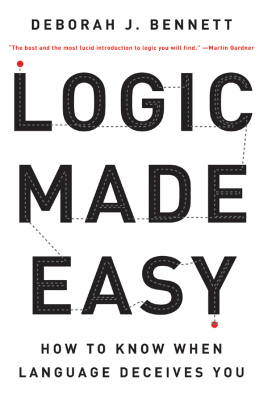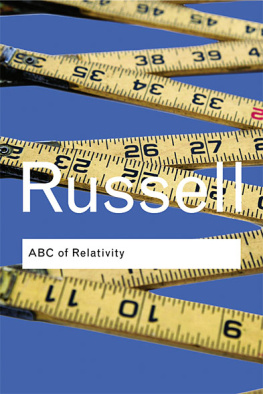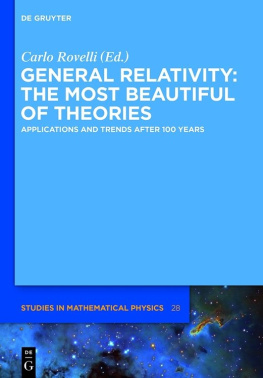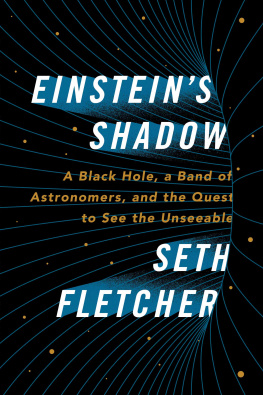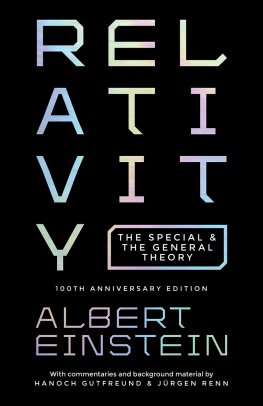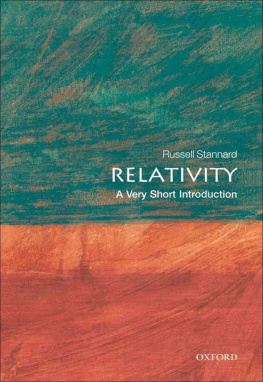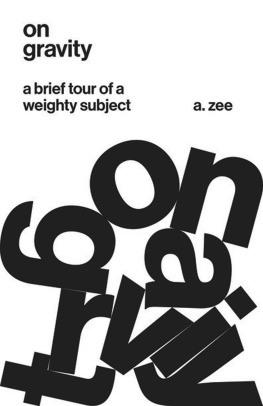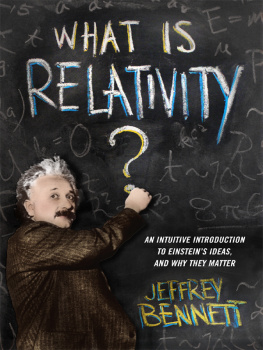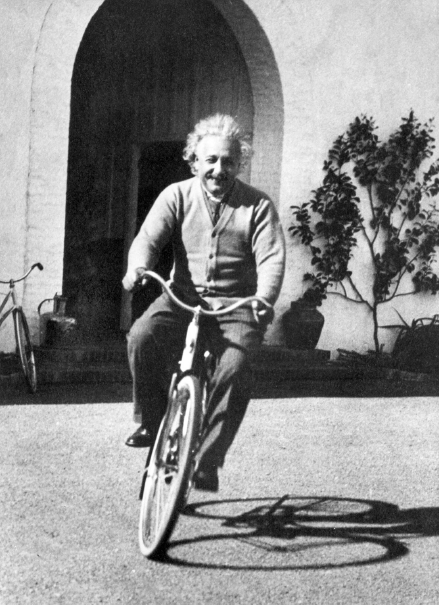WHAT IS RELATIVITY?
ALSO BY JEFFREY BENNETT
FOR ADULTS
On the Cosmic Horizon: Ten Great Mysteries for Third Millennium Astronomy
Beyond UFOs: The Search for Extraterrestrial Life and Its Astonishing Implications for Our Future
Math for Life: Crucial Ideas You Didnt Learn in School
FOR CHILDREN
Max Goes to the Moon
Max Goes to Mars
Max Goes to Jupiter
Max Goes to the Space Station
The Wizard Who Saved the World
TEXTBOOKS
Using and Understanding Mathematics: A Quantitative Reasoning Approach
Statistical Reasoning for Everyday Life
Life in the Universe
The Cosmic Perspective
The Essential Cosmic Perspective
The Cosmic Perspective Fundamentals
JEFFREY BENNETT
WHAT IS RELATIVITY?
AN INTUITIVE INTRODUCTION TO EINSTEINS IDEAS, AND WHY THEY MATTER
COLUMBIA UNIVERSITY PRESS
NEW YORK
Columbia University Press
Publishers Since 1893
New York Chichester, West Sussex
cup.columbia.edu
Copyright 2014 Jeffrey Bennett
All rights reserved
EISBN: 978-0-231-53703-2
are all adapted adapted from similar illustrations in Jeffrey Bennett, Megan Donahue, Nick Schneider, and Mark Voit, The Cosmic Perspective, 7th ed. (2014). By permission of Pearson Education, Inc., Upper Saddle River, N.J.
Library of Congress Cataloging-in-Publication Data
Bennett, Jeffrey O.
What is relativity? : an intuitive introduction to einsteins ideas, and why they matter / Jeffrey Bennett.
pages cm
Includes index.
ISBN 978-0-231-16726-0 (cloth : alk. paper)
ISBN 978-0-231-53703-2 (e-book)
1. Relativity (physics)Popular works. I. Title.
QC173.57.B46 2014
530.11dc23
2013026801
A Columbia University Press E-book.
CUP would be pleased to hear about your reading experience with this e-book at .
Cover image: Bettmann/CORBIS. Personality rights of Albert Einstein are used with permission of the Hebrew University of Jerusalem.
Cover design: Alex Camlin
Book design: Lisa Hamm
References to websites (URLs) were accurate at the time of writing.
Neither the author nor Columbia University Press is responsible for URLs that may have expired or changed since the manuscript was prepared.

CONTENTS
In celebration of the 100th anniversary of the 1915 publication of Einsteins general theory of relativity.
Courtesy of the Archives, California Institute of Technology.
MY FIRST real exposure to Einsteins theory of relativity came in a course I took during my freshman year of college. Like everyone else, Id always heard that relativity was supposed to be really hard. But as I listened to my professor and studied at home, I soon realized that its reputation was undeserved. Relativity didnt make things harder; it made everything seem simpler, at least once you got the hang of it. It also seemed importantI suddenly realized that prior to studying relativity, I had misunderstood the basic nature of space and time. Given that we spend our entire lives living on a planet in space and moving through time, that seemed like a rather fundamental gap in my earlier education.
Within a year I was teaching some of the ideas of relativity to elementary and middle school children, as part of a summer school I ran for kids who were interested in space and science. I was amazed at how readily many of them grasped the key ideas, and their ease with the concepts helped me realize a fundamental fact: Much of the difficulty that most people have with relativity comes about only because it seems to run counter to ideas of space and time that have become deeply ingrained in our minds. For children, who have those ideas less deeply ingrained, relativity does not seem quite so strange, allowing them to accept it more easily than adults.
This insight proved particularly helpful a few years later, when I began teaching at the college level and made relativity an integral part of my courses in introductory astronomy. On the basis of my work with younger children, I focused on helping students overcome their natural resistance to revising their ideas of space and time. An added advantage of this approach was that it could be done without most of the mathematics that goes with relativity, allowing the students to focus on building a conceptual understanding. Year after year, on end-of-course evaluations, relativity consistently took the top spot when I asked students their favorite part of the course. When I asked why they enjoyed relativity so much, the most commonly cited reasons were (1) they appreciated the way relativity opened their minds in new and unexpected ways; and (2) theyd always assumed that relativity was a subject that would be beyond their comprehension, so they were excited to find out that they could actually understand it.
Over the years, I continued to emphasize relativity in my astronomy classes, and continued to refine my approach to teaching it. When three friends (Mark Voit, Megan Donahue, and Nick Schneider) and I landed a contract to write a textbook for introductory astronomy, we included two full chapters on relativity, even though surveys showed that very few faculty spent significant time teaching relativity in their astronomy courses for nonscience majors. We have at least some evidence that our inclusion of these chapters has inspired more instructors to include the topic.
That brings us to my goals for this book. I hope to help you, the reader, gain the same kind of appreciation for relativity that I have gained myself, and that I hope Ive shared with my past students and with readers of my textbooks. I think youll find the subject to be both much easier to understand and much more amazing than you expected. I also hope youll come to agree with me that relativity is important to the way we view ourselves as human beings in a vast universe. As we approach the 100th anniversary of Einsteins 1915 publication of his general theory of relativity, I believe its time to take relativity out of the realm of obscure science and bring it into the realm of general public consciousness. If this book helps accomplish that, then I will feel it has been a success.
Jeffrey Bennett
Boulder, Colorado

